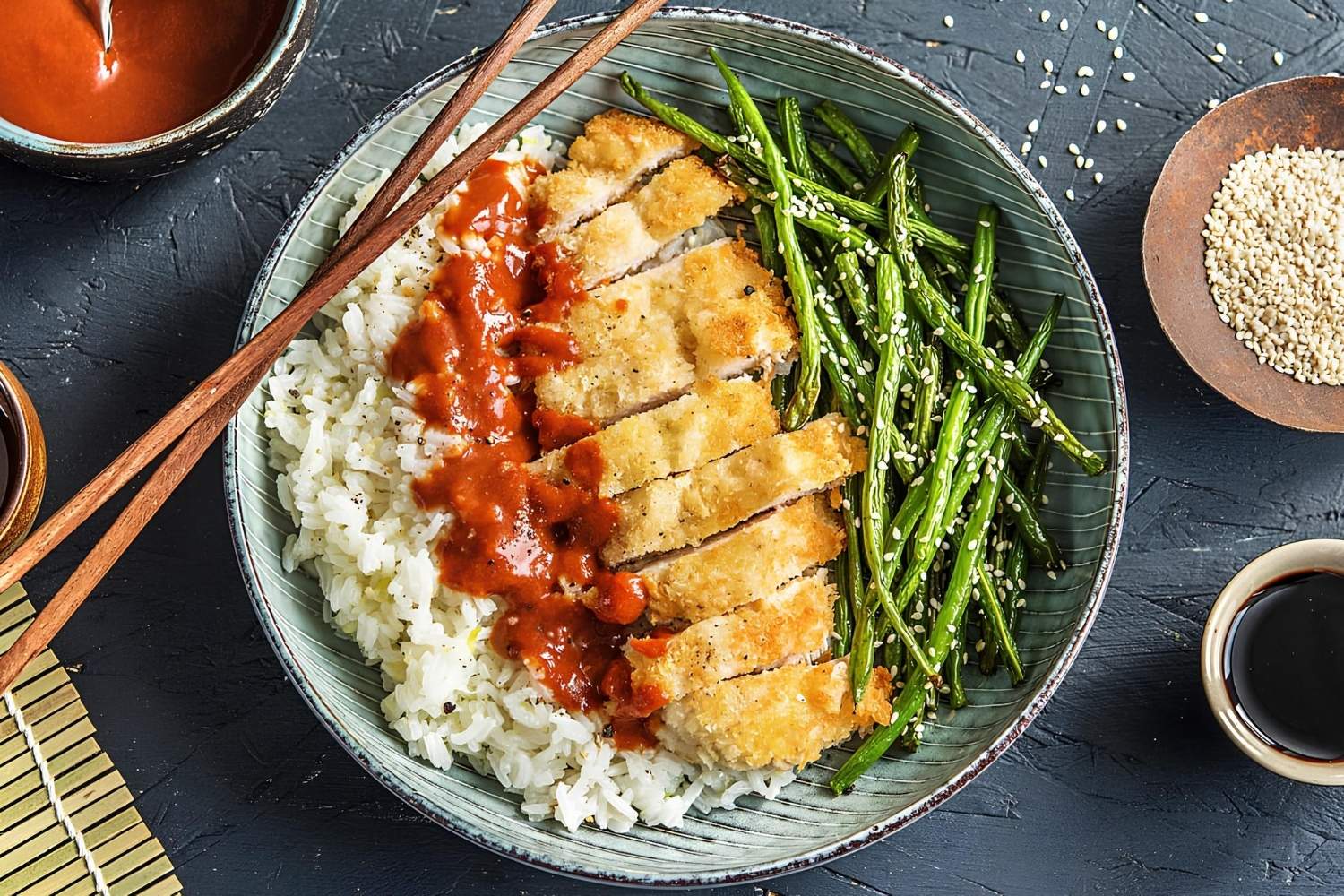
Panko is more than just a breadcrumb. Originating from Japan, these crispy crumbs have taken the culinary world by storm. But what makes panko so special? Panko is made from bread without crusts, resulting in a lighter, airier texture that absorbs less oil. This means your fried foods stay crispier for longer. Whether you're coating chicken, fish, or even vegetables, panko adds a delightful crunch. Plus, it's versatile enough for both savory and sweet dishes. Curious about how panko is made or its nutritional benefits? Stick around as we dive into 27 fascinating facts about this unique breadcrumb.
What is Panko?
Panko is a type of breadcrumb originating from Japan. Unlike traditional breadcrumbs, panko is made from bread without crusts, resulting in a lighter, airier texture. This unique texture makes it a favorite for creating crispy coatings on fried foods.
- Panko means "bread child" in Japanese, combining "pan" (bread) and "ko" (child).
- Unlike regular breadcrumbs, panko is made from a special type of white bread baked using electric current, which gives it a unique texture.
- Panko crumbs are larger and flakier than traditional breadcrumbs, providing a crunchier coating.
- The bread used for panko is baked without crusts, ensuring uniformity in texture and color.
- Panko is often used in Japanese cuisine, particularly for dishes like tonkatsu (breaded pork cutlet) and tempura.
How is Panko Made?
The process of making panko is quite different from that of regular breadcrumbs. This unique method contributes to its distinctive texture and culinary properties.
- Panko is made by passing an electric current through the dough, which bakes the bread from the inside out.
- The bread is then ground into coarse, airy flakes rather than fine crumbs.
- This method of baking and grinding results in panko's signature light and crispy texture.
- Panko can be made from different types of bread, including white, whole wheat, and even gluten-free varieties.
- The production process ensures that panko absorbs less oil during frying, making it a healthier option for crispy coatings.
Culinary Uses of Panko
Panko's unique texture and lightness make it a versatile ingredient in various culinary applications. It is not just limited to Japanese cuisine but has found its way into kitchens worldwide.
- Panko is commonly used as a coating for fried foods, such as chicken katsu, shrimp tempura, and onion rings.
- It can be used as a topping for casseroles and gratins, adding a crunchy layer to dishes like macaroni and cheese.
- Panko is often used in meatball and meatloaf recipes to provide a lighter texture compared to traditional breadcrumbs.
- It can be used as a binder in recipes like crab cakes and veggie burgers, helping to hold the ingredients together without making them dense.
- Panko can be toasted and used as a garnish for soups and salads, adding a delightful crunch.
Nutritional Benefits of Panko
While panko is primarily known for its texture and culinary uses, it also offers some nutritional benefits that make it a preferred choice for many.
- Panko is lower in calories compared to traditional breadcrumbs, making it a healthier option for those watching their calorie intake.
- It contains less sodium than many pre-packaged breadcrumbs, which is beneficial for those monitoring their salt consumption.
- Panko is often made without added sugars, making it a better choice for those looking to reduce their sugar intake.
- Whole wheat and gluten-free panko varieties are available, catering to different dietary needs and preferences.
- Panko's light texture means it absorbs less oil during frying, resulting in a less greasy final product.
Fun Facts about Panko
Panko has some interesting trivia associated with it that adds to its charm and appeal in the culinary world.
- Panko was first introduced to the Western world by Japanese immigrants in the mid-20th century.
- It gained popularity in the United States in the 1980s, particularly in the restaurant industry.
- Panko is now widely available in supermarkets and specialty stores around the world.
- Chefs often prefer panko over traditional breadcrumbs for its superior texture and versatility.
- Panko can be used in both savory and sweet dishes, showcasing its adaptability in various recipes.
- Some innovative chefs use panko as a crust for baked goods like pies and cheesecakes, adding a unique twist to traditional desserts.
- Panko's popularity continues to grow, with new recipes and applications being developed regularly by home cooks and professional chefs alike.
Panko's Crunchy Legacy
Panko isn't just any breadcrumb. Its unique texture and lightness make it a favorite in kitchens worldwide. Whether you're frying, baking, or adding a crispy topping, panko delivers that perfect crunch every time. Originating from Japan, it's now a staple in many cuisines, proving its versatility and global appeal.
Next time you're cooking, consider swapping regular breadcrumbs for panko. You'll notice the difference in texture and taste. Plus, it's a great way to experiment with new recipes and techniques. From tempura to casseroles, panko can elevate your dishes to new heights.
So, grab a box of panko and start exploring its many uses. Your taste buds will thank you, and your dishes will never be the same. Happy cooking!
Was this page helpful?
Our commitment to delivering trustworthy and engaging content is at the heart of what we do. Each fact on our site is contributed by real users like you, bringing a wealth of diverse insights and information. To ensure the highest standards of accuracy and reliability, our dedicated editors meticulously review each submission. This process guarantees that the facts we share are not only fascinating but also credible. Trust in our commitment to quality and authenticity as you explore and learn with us.
